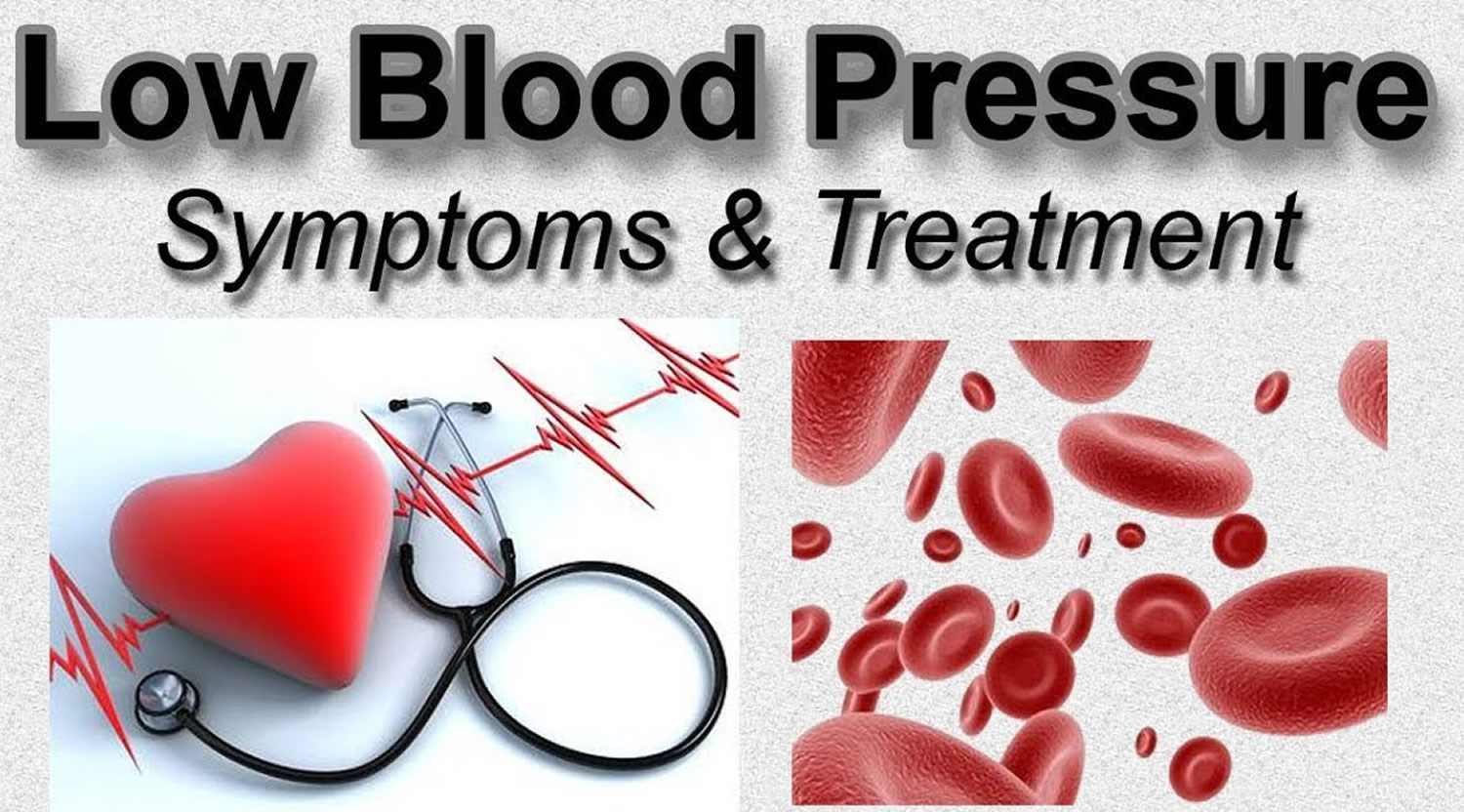What Causes Low Blood Pressure And Blurred Vision
Low blood pressure, also known as hypotension, is a condition where the pressure of the blood against the walls of the arteries is lower than normal. In general, a blood pressure reading of 90/60 mmHg or lower is considered low. While low blood pressure is not always a cause for concern, it can lead to symptoms such as dizziness, fainting, or fatigue, which can impact a person's daily life.
Causes of Low Blood Pressure
Low blood pressure can be caused by a variety of factors, including:
- Dehydration
- Heart problems
- Pregnancy
- Blood loss
- Infection
- Nutritional deficiencies
- Medications, particularly ones used to treat high blood pressure
- Standing up too quickly
In some cases, low blood pressure can be a sign of an underlying medical condition, such as Parkinson's disease, diabetes, or adrenal insufficiency.
Signs and Symptoms of Low Blood Pressure
The signs and symptoms of low blood pressure can vary depending on the severity of the condition, but they can include:
- Dizziness or lightheadedness
- Fainting
- Blurred vision
- Nausea
- Fatigue
- Confusion
- Rapid or shallow breathing
If you experience any of these symptoms, it is important to speak with your healthcare provider to determine the underlying cause and receive appropriate treatment.
Treatment for Low Blood Pressure
Treatment for low blood pressure will depend on the underlying cause of the condition. In some cases, lifestyle changes such as increasing salt and fluid intake, wearing compression stockings, and avoiding standing up too quickly may be recommended. In other cases, medications to raise blood pressure may be prescribed. It is important to speak with your healthcare provider to determine the best course of treatment for you.
Prevention of Low Blood Pressure
While there is no guaranteed way to prevent low blood pressure, there are some steps you can take to help minimize your risk of developing the condition. These include:
- Staying well-hydrated
- Avoiding prolonged periods of standing or sitting
- Gradually changing positions, particularly when standing up
- Eating a healthy diet rich in vitamins and minerals
- Staying physically active
- Avoiding excessive alcohol consumption
By taking these steps, you can help maintain healthy blood pressure levels and reduce your risk of developing low blood pressure.
Conclusion
Low blood pressure is a common condition that can occur for a variety of reasons. While it is not always a cause for concern, it can lead to symptoms such as dizziness, fainting, or fatigue, which can disrupt a person's daily life. If you experience any of these symptoms, it is important to speak with your healthcare provider to determine the underlying cause and receive appropriate treatment. By taking steps to maintain healthy blood pressure levels, you can help minimize your risk of developing low blood pressure and ensure that you stay healthy and strong.
Image Sources
Image 1

This image shows a person with low blood pressure holding up a "low" sign.
Image 2

This image shows the causes of low blood pressure, with a focus on blood loss and medication side effects.